During a time when everyone is trying to figure out how to move forward safely and effectively, businesses are beginning to embrace immersive technology, especially Virtual Reality (VR). Although in use commercially for many years, the hardware is becoming more powerful, comfortable, and accessible. But hardware is just one element of pricing when it comes to creating a Virtual Reality budget.
So how much does it cost to build a VR experience? $20,000 or $100,000 or $1 Million? The answer is Yes, Yes, and Yes!
Pricing a virtual reality project can be confusing due to the variety of elements involved. Before diving into that, it’s important to figure out where to begin and why you’re beginning there.
It’s often said the building a VR experience is like producing a movie. Some are low budget indie films while others are big studio blockbusters. Both can be equally as enjoyable as long as the fundamentals are strong, and they’re being shown to the correct audience.
With that metaphor in mind, one must consider that the same story can be told in many ways with significant cost variation. Therefore, it’s important to start with a defined budget and then adjust the “production value” accordingly. The steps below outline the general process and elements to be considered when creating and pricing a VR Experience. The variability will come with how much time and money is spent on each given their relative importance to the final product.
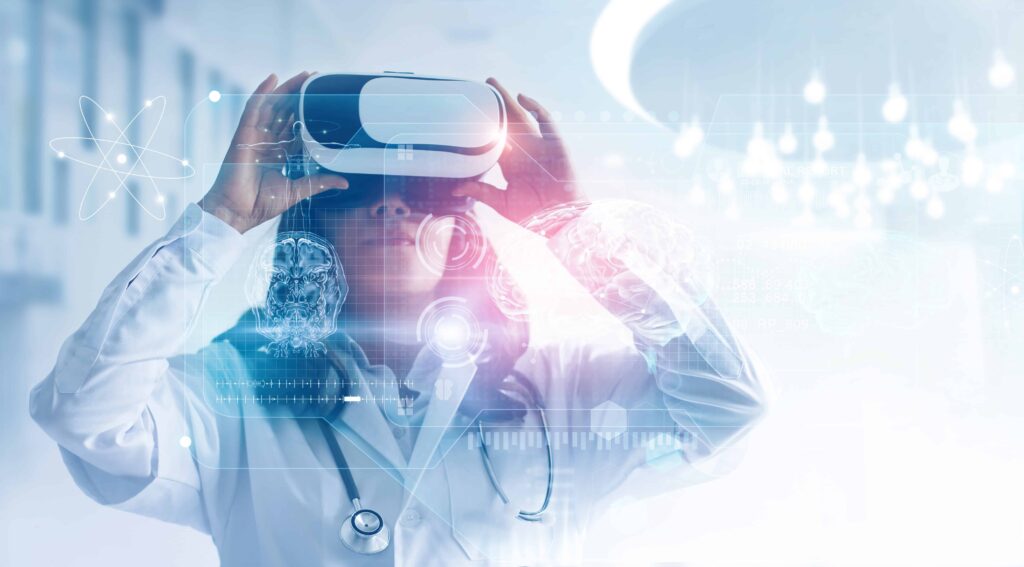
Planning
The “User Story” is the most important part of any VR experience. This critical element is where the process begins by defining what a user should experience and why. Developing an effective user story, however, is a process that can require differing levels of input. Involvement from internal and external stakeholders that ensure alignment with your brand or objectives can add to the cost and complexity of the project. The planning phase must be carefully considered because it’s the place where an idea gets transformed into an experience. Lack of preparation in this stage will impact everything that comes after.
Creative Agency
Is your VR experience functional or promotional? Is it part of a larger initiative related to a brand or a product launch? If so, it’s very important that a creative agency or leader is involved. You want to ensure that your concept and objectives align properly.
Branding
Are there brand guidelines critical for the look and feel? Do they need to be adapted for Virtual Reality?
Storyboarding
Does this need to be a graphical depiction of the user story, activities, and actions? Can it be a written outline? Who will be reviewing it? Will it be used to finalize the user story in internal planning? Is it required for buy-in from investors or stakeholders?
Objectives & ROI
What will a successful project look like? Is there an expected ROI or defined objectives? The more that objectives are defined, the easier it will be to make development decisions regarding cost and priorities.
Assembling the Team
Who will be involved in the project? Which will need to be hired? How much time will be dedicated from internal employees? How will this impact other projects?
Product Owner
Responsible for defining the product features and requirements. They make decisions and give direction to the Development
Producer/Director
Responsible for the overall look and feel as well as the effectiveness and comfort of the VR experience. There are many subjective elements to a VR experience that require someone who can lead both the creative and technical elements based upon the state objectives and/or ROI.
Project Manager
Responsible for client/stakeholder communication along with the day to day progress related to the development.
Design
This function will be discussed further but since VR is a visual technology, it’s critical to invest in professional, experienced designers and artists.
Development
This team must support VR platforms such as Unity and Unreal Engine as well as any supporting technologies needed for backend integration and/or custom development. It is critical that this team works/communicates well with Project Management as poor or ineffective communication can be very costly.
Subject Matter Expert (SME)
The role will provide knowledge and/or industry expertise to ensure content is accurate and complete.
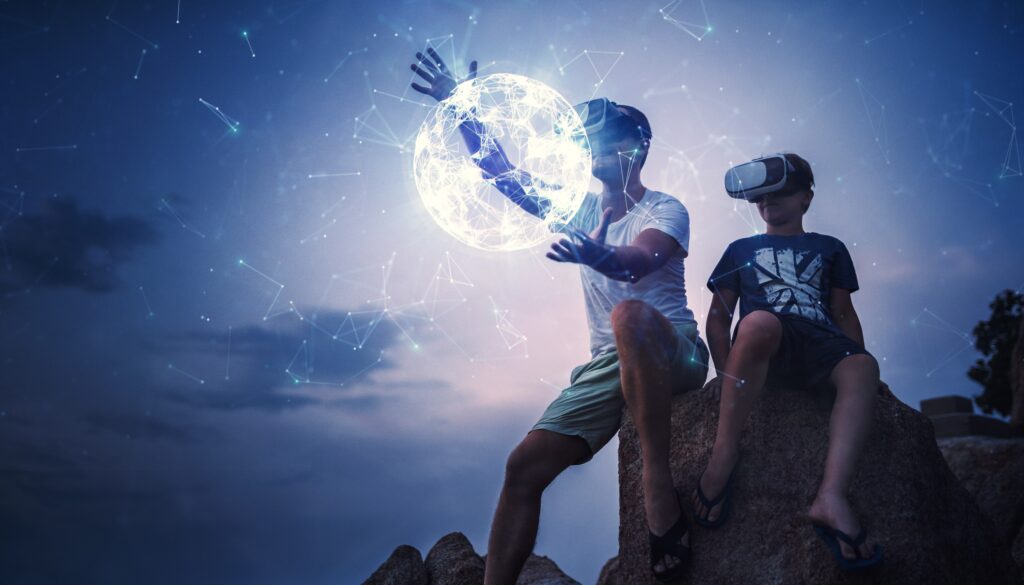
Design
The design phase of a VR project is unquestionably the largest contributor to price increases or savings. When trying to stick to a budget, this can be an obvious area to scale back. However, it may be challenging to determine where to cut back and where to invest in order to achieve the objectives defined in the planning phase. This is where an experienced VR Producer and design team can be invaluable. You must consider elements carefully, as they have a significant impact on price and must work with the hardware and systems involved. Finally, finding photographers, videographers, and talent for the project can be costly and challenging and another area for considerable investment or savings.
Stock Assets vs Custom Design
Stock graphics and objects can be purchased for a relatively low price to create an exceptional experience at a low cost. However, not all stock graphics are created equal and many must be optimized to work properly with the chosen headset. This can result in a stock image costing many times more than its original cost. Careful consideration of purchased assets along with a keen focus on where customization is most impactful will result in the best experience at the lowest cost.
Design Related Elements
- Actors/Talent
- Animation
- 3D Objects
- 2D Objects
- Environment/World
- Still Images
- Stock Photography, Custom Photo Shoots, 360 Photography
- Video
- Video Shoot, Volumetric Video Capture, Holograms, 180/360/3D Video
- Audio
- Professional Voiceovers, Spatial Audio, Soundtracks
Multi-User Support
Shared experiences add complexity from a development standpoint as well as design. Users must be able to see (or sense) one another so considerations for Avatars and customization must be considered.
Control
- Voice Response/Control
- Hand Tracking
- Gaze/Eye Tracking
- Navigation
- User Input (forms, text, painting, collaboration, etc.)
- Biometrics (heart rate, temperature, etc.)
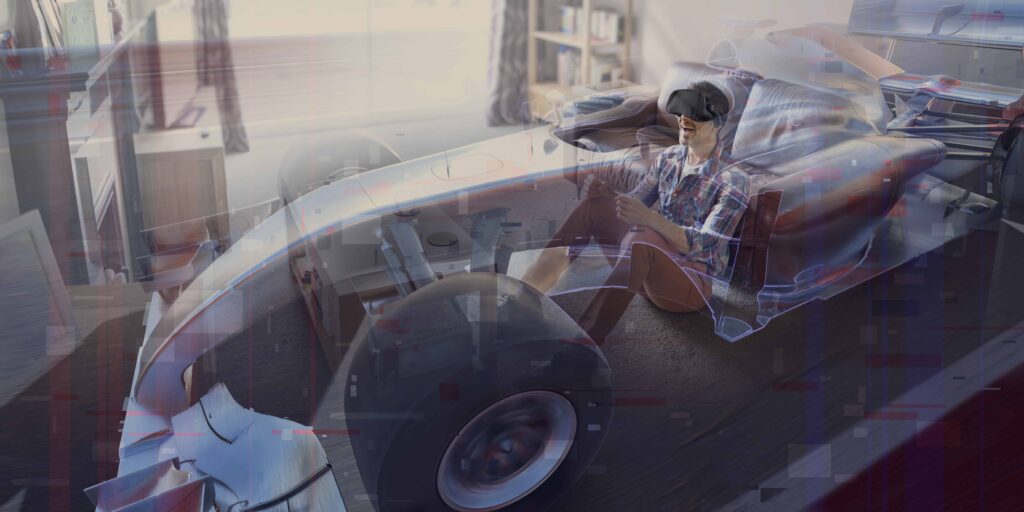
Production
After the careful preparation work of planning and design are complete, it’s time to begin production. Although the list below is much shorter than the previous phases, companies often ignore the importance of spending the time and resources during planning and design that significantly impact the success of the production phase. When there is a lack of planning, many of those decisions must be made DURING the production phase which can often result in expensive re-work or delays as decisions are made. For this reason, the best way to manage the production budget is to spend appropriate time on the previous two phases before moving into production.
Research And Testing
Virtual Reality is a rapidly changing technology. The hardware is constantly evolving and introducing new capabilities. Use cases often introduce new features and/or functionality. Therefore, there may be significant research and testing that must take place to determine the viability of a feature or at least the most effective way to implement it.
Development
Process
Typically, developing a VR experience follows an agile (iterative) process. This means that from the first release, there is a working product. The project is then built upon in sprints that typically last 2-4 weeks. Each sprint is an improvement until the project is ready for testing and release. This requires regular meetings and review which can add additional time (expense) to the project. However, the intent of this method is to avoid rework and costly mistakes that wouldn’t be discovered if the entire experience was developed prior to customer feedback or review.
Integration & Backend
Simple, single-user VR experiences may be completely developed in a game engine like Unity or Unreal and only require VR/Game Developers. However, most complex VR experiences require integration with external systems and resources. These can include websites, databases, companion applications, cloud storage, and hosting. For this reason, a full-stack software developer minimizes the impact and cost of bringing in additional external developers to complete a project.
Responsive Hardware
In addition to the required Headsets and PCs, there can be a need for additional hardware in order to achieve the desired experience. Since this hardware will be used in a way that is unique to the VR project, it is important to incorporate development time to buy or build (if necessary) and then test to achieve the desired results. There are two main categories:
Haptic & Navigation Systems
Haptic suits and devices allow the body to feel pressure and a sense of touch during a VR experience. To further increase realism, locomotion devices allow actions such as navigation by walking on a platform while staying in a single location.
Sensors
When physical objects are used in a VR experience, it is often required to attach sensors to that device so that it can be properly tracked inside the headset. Sensors can track the body in more detail, such as movement of the legs in a VR bicycling adventure with sensors attached to the pedals to measure distance ridden.
3rd Party Software & Services
Plugins
There are many different features that leverage software beyond the major development platforms. Some are free and others are paid. Typically, these speed up or otherwise improve development so are worth the cost.
Hosting & Cloud Services
Many VR experiences manage user control, payment, and/or support through hosted websites. Web-based VR is good for simple or video-based projects.
Integrations
Several companies have developed features such as data reporting, analytics, voice services, and image recognition that can be integrated into a VR experience. This can also be required for VR Training if using a learning management system (LMS).
Testing & QA
Testing is crucial before the final release. Depending on the complexity of the project along with the intended audience, this can range from simple review to a lengthy testing process with end-users.
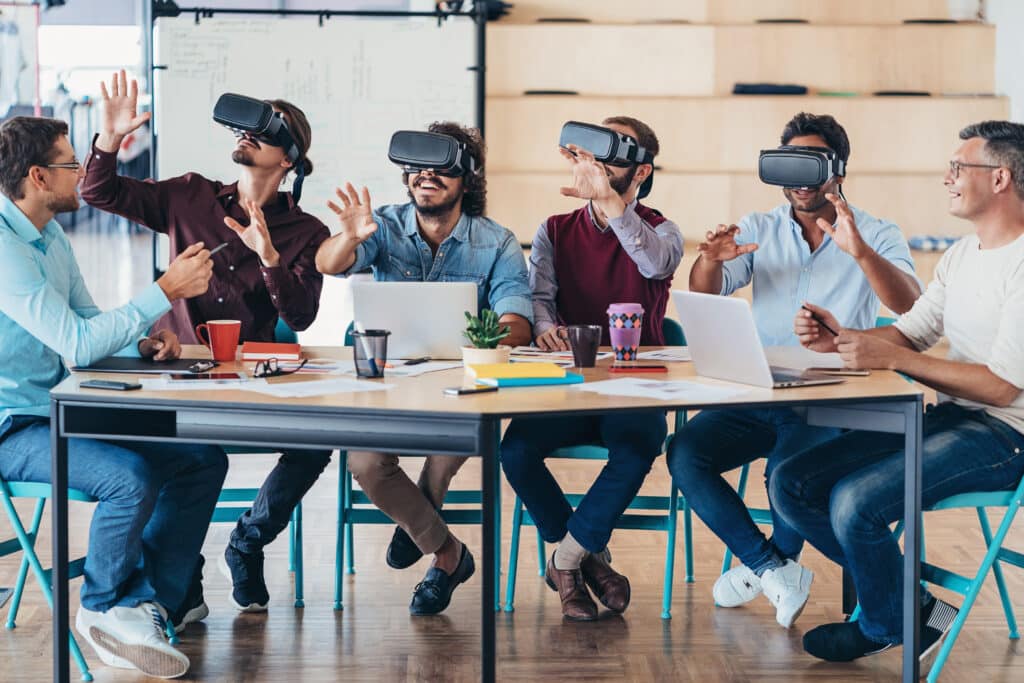
Deployment
Once the VR experience has been completed and ready to be deployed to its intended audience, the project is nearly complete. However, there are many different options for deployment that must be considered. Some are related to the chosen hardware platform and others are a matter of preference and budget.
Hardware
- Headset (HMD)
- PC/Laptop (Must meet HMD requirements)
- Haptic Gear
- Input devices and Sensors
- Custom Hardware
Publishing
- The cost associated with publishing to a store
- The cost associated with manually loading/publishing
Device Management
- Mobile Device Management (MDM) platform for security, updates, and support
Additional Fees
- Hosting Fees
- Software Subscriptions
- Licenses
Connectivity
- Equipment (routers, cellular/5G cards, hotspots)
Support & Maintenance
- Hardware
- Software
- VR Application
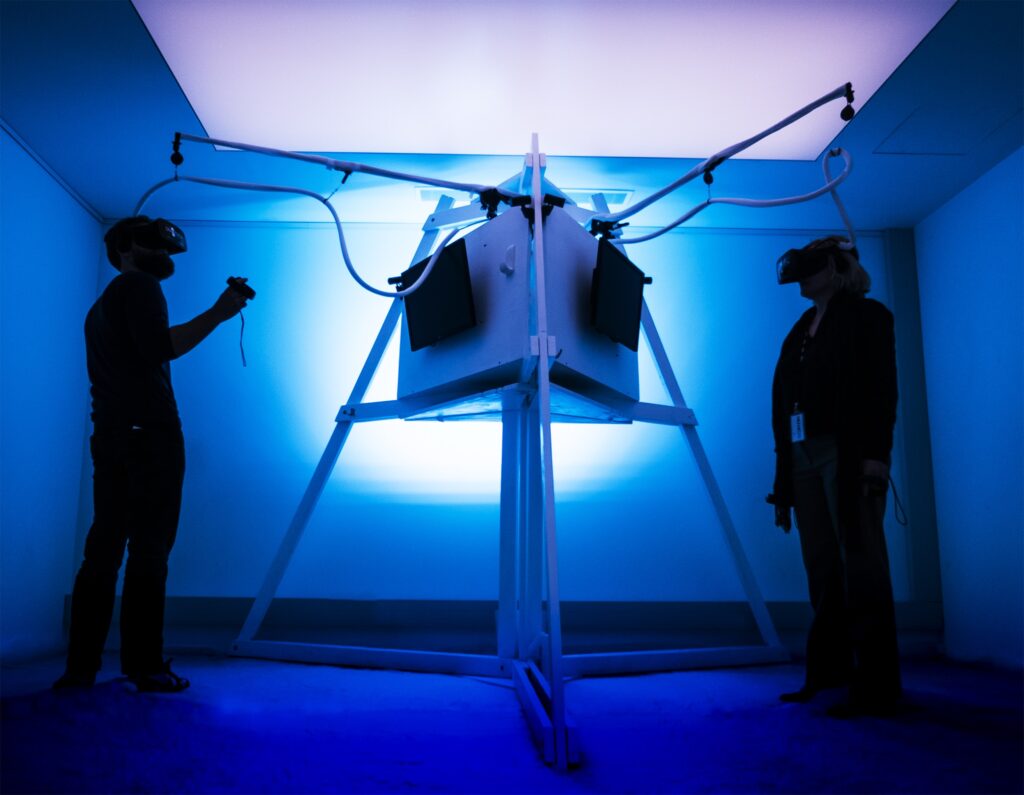
The Bottom Line
Despite the long list of options to be considered for VR production, creating an exceptional, immersive experience is accessible for any budget. Hopefully, knowing all the options that are available enables you to focus on the most important elements to maximize the experience within your budget whether it is $20,000 or $200,000.
Most importantly, focus on the user story and the objectives of the VR experience. Find a development partner who can help bring your vision to life and guide you through the complexity of the technology. To learn more about the fundamentals of getting started with VR, please review my earlier article titled, “Virtual Reality in 2020 – Where to Begin?” Good luck and reach out any time with feedback, questions, or ideas for your next VR experience!
Recommended for You
Check out related insights from the team
Get empowered, subscribe today
Receive industry insights, tips, and advice from Saritasa.